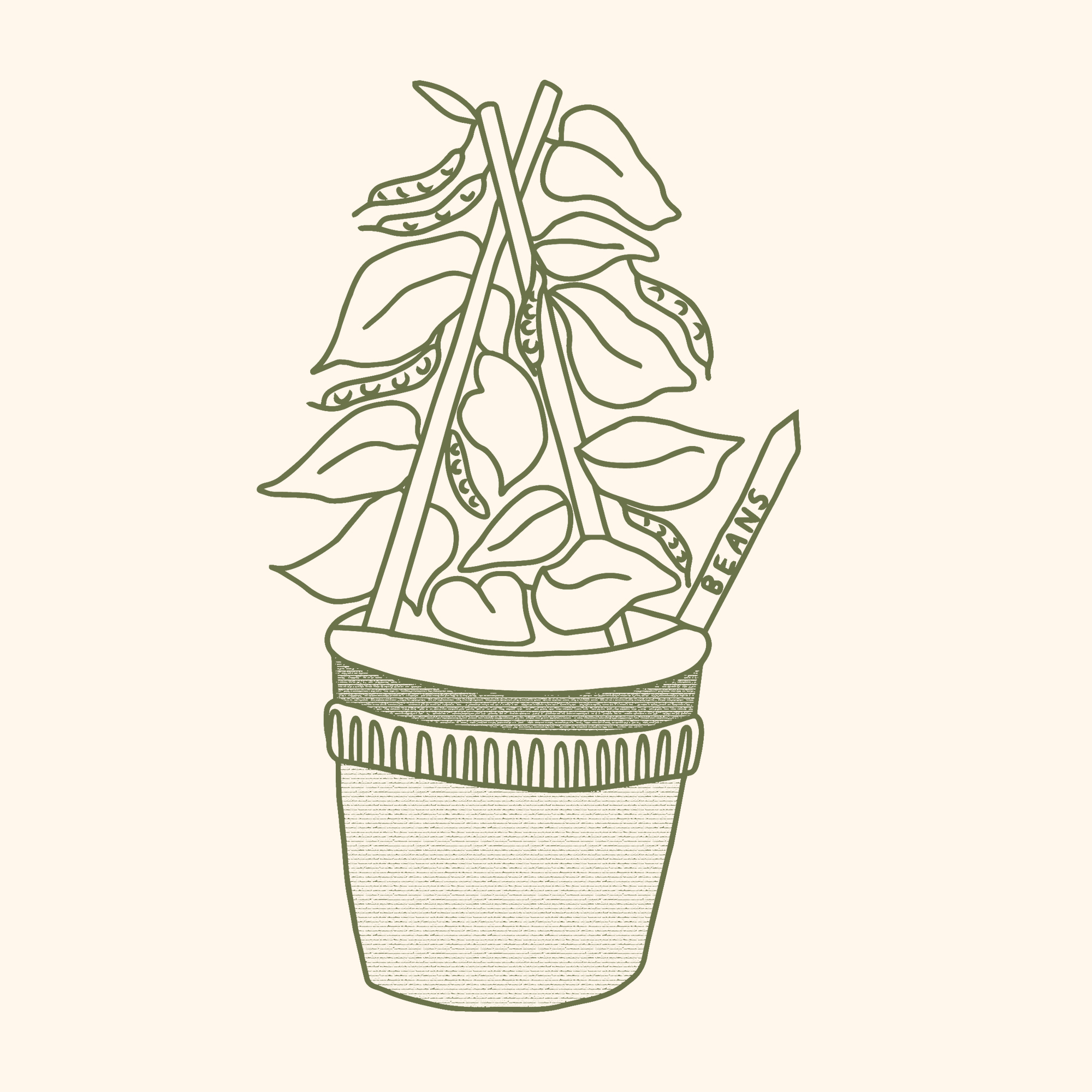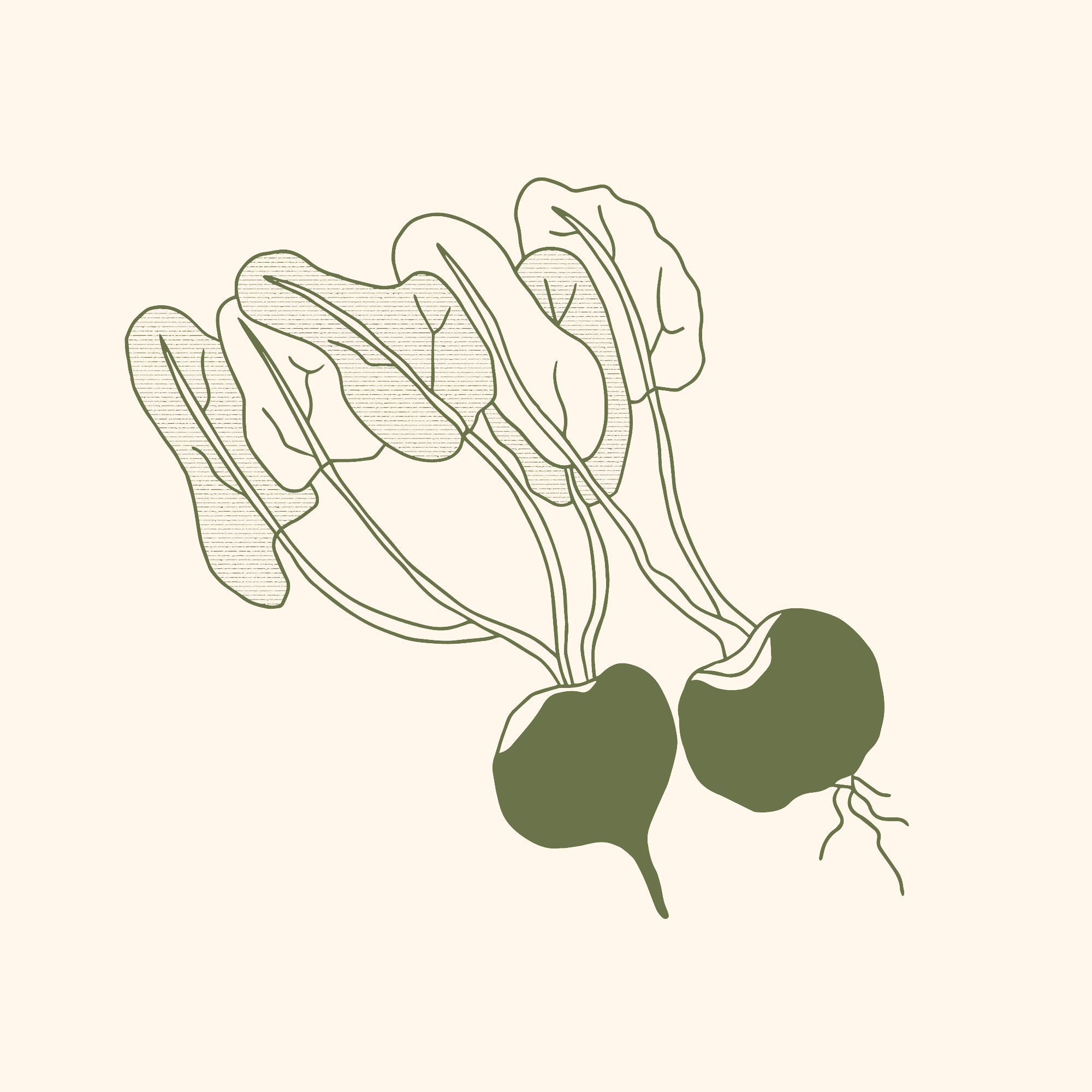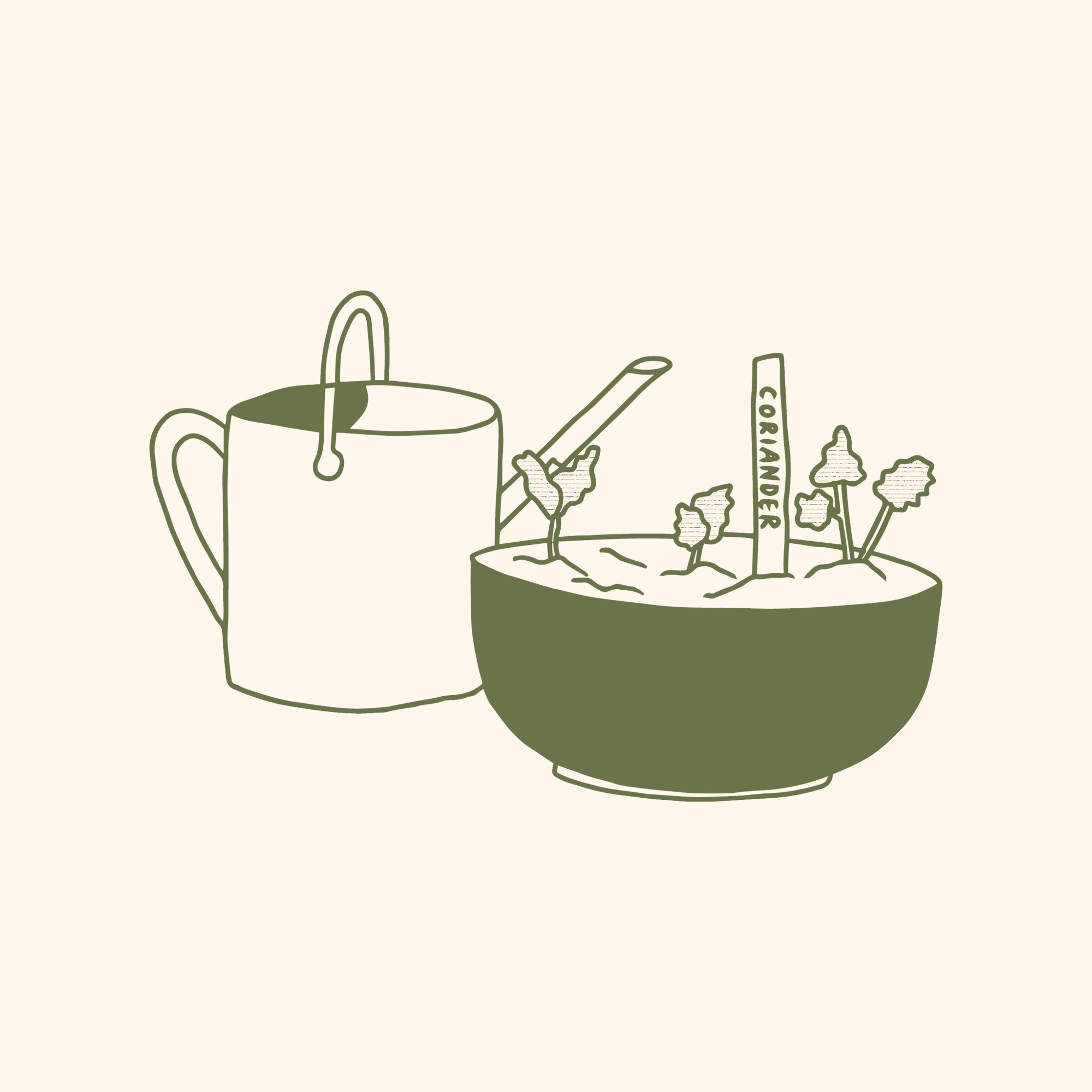How to grow your own vegetables, inspired by Kevin Heinze

The late Kevin Heinze, a well-known Melbourne gardener and radio and television personality, believed that all people should be given the opportunity to take part in gardening activities. He understood the therapeutic benefits gardening could deliver for vulnerable people and helped set up the unique community organisation now known as Kevin Heinze Grow.
Today, forty-one years later, Kevin Heinze Grow operates from two Melbourne sites in Doncaster and Coburg with more people than ever taking advantage of its tailored therapeutic horticulture programs. Instinctively, many of us know that gardening is good for you. There are the obvious physical benefits to growing plants, like getting fresh air and light exercise. But what is often overlooked is the fact that while we look after our gardens, our gardens are looking after us! Whether gardening alone or with others, you can expect your stress and anxiety to reduce as your attention and focus increase. Gardening is therapy when it involves meaningful, calming activities that promote psychological wellbeing. It feels good to be outdoors in nature creating spaces that are ornamentally beautiful, structurally functional or full of delicious things to share.
Here are a few ideas to get your garden therapy journey underway…
Summer Planting

Beans
Beans like warmer weather so if you pick up some seeds and get them in the ground now you should be enjoying your homegrown beans in autumn (about 8–12 weeks after planting). Ideally, dig some compost or a little blood and bone fertiliser into the soil a few weeks before planting your beans. The seeds are quite big so they’re easy to plant. Beans are a great vegetable to plant with kids – just poke seeds about 2 cm into welldrained soil. Water once and then not again until the seedlings have sprouted, as bean seeds may rot if overwatered. Because they grow upwards, climbing beans are a great option for courtyards and small spaces and can be grown in a large pot or container. Long stakes (at least 2 m tall) should be pushed into the soil at planting time so beanstalks have something solid to wrap around as they reach for the skies. Pick mature beans regularly to encourage more bean growth. Niçoise salads, here we come!
- Depth (seed): 2 cm
- Spacing: 15 cm
- Position: Full sun
- Height: 2 m+
- Water requirements: Very thirsty (water daily after seeds have sprouted)
- Harvest: 12-14 weeks
Tips: Pick regularly to encourage more bean growth. Use sugarcane, pea straw or lucerne as mulch around the plants.

Beetroot
Roasted, raw, boiled or baked beetroot is delicious and growing your own juicy beets right now will take little more than water and a bit of waiting. Best grown from seed, beetroot fares well in all but the coldest Melbourne months so get some in the ground now for harvesting in late autumn. The knobby seeds are actually little seed clusters and they will germinate better if soaked in warm water overnight before planting. A sprinkling of borax in the water will also provide growing beets with all the boron they need to thrive. Plant about 20 cm apart and when seedlings emerge wait until they are about 10 cm tall before carefully separating the tiny plants and replanting them approximately 10 cm apart (a process called ‘thinning out’). For faster growth and tastier beets, fertilise each week with worm tea or a liquid fertiliser. While waiting for them to grow, you can sneak a few of their tender leaves to add to salads or stir-fries!
- Depth (seed): 2 cm
- Spacing: Sow 20 cm apart then thin out individual seedlings to 10 cm apart
- Height: 30cm
- Position: Full sun
- Water requirements: Very thirsty (water daily in hot weather)
- Harvest: 8 weeks
Tip: Use mulch around the plants and fertilise weekly to promote quick growth.

Silverbeet
Silverbeet or Swiss chard is a great addition to any veggie patch. It is so easy to grow and rewards with a long cropping time. Buy a standard punnet from a nursery and you’ll probably only need about 3–4 plants so give the remaining seedlings to neighbours or friends. Silverbeet seedlings should be planted about 30 cm apart. A great ‘cut-and-come-again’ vegetable, it can be harvested a few stalks at a time for adding to just about any dish you’re preparing. In the hotter months silverbeet plants won’t mind having a bit of shade and they will certainly need a good layer of mulch and plenty of water to stop them stressing out and ‘bolting’ (going to seed).
- Spacing (seedlings): 30 cm
- Position: Full sun/partial shade
- Height: 75 cm
- Position: Full sun
- Water requirements: Medium (mulch well around plants so soil retains moisture)
- Harvest: 6 weeks
Tip: Snap off outer stems at base as you need them.
Autumn Planting

Coriander
A ready supply of coriander is a blessing and one $3 packet of seeds might be all you’ll ever need. Coriander doesn’t like extreme heat so best to wait until March or April before planting in full/partial sun in garden beds or pots. Keep the soil moist to stop the plants from ‘bolting’ and use worm tea or liquid fertiliser every few weeks in your watering can. When your plants do go to seed, bees will delight in the flowers and eventually you can collect the seeds for sowing your next crop in about September.
- Depth (seed): 0.5 cm
- Spacing: 20 cm
- Height: 75cm
- Position: Full/partial shade (protect from hot afternoon sun)
- Water requirements: Very thirsty (water daily in hot weather and mulch around plants)
- Harvest: Pick leaves when plant is 10 cm tall
Tips: Plant ‘slow-bolt’ varieties. Collect seeds for replanting or grinding for use in the kitchen.

Garlic
Garlic takes a good chunk of the year to grow but there is something really special about growing your own! Supermarket garlic is often imported and treated with chemicals so growing your own from organic bulbs ensures you have a good, clean supply of everyone’s favourite allium. You may want to start experimenting with different garlic varieties which have different flavour profiles and intensity of heat. Over the next couple of months, buy some organic bulbs at a farmers market or garden centre and start preparing your garden bed by digging in some well-rotted manure (cow, sheep, horse or chicken) and compost. When April comes, poke the individual cloves about 3 cm deep into small mounds of soil about 15 cm apart. Water regularly and feed with worm tea or liquid fertiliser once per month. Harvest garlic in 6–8 months when the leaves start to die off and fat bulbs have formed under the soil.
- Depth: (clove, pointy end up): 3 cm Spacing: 10–15 cm
- Height: 40 cm
- Position: Full sun
- Water requirements: Medium (mulch around stalks)
- Harvest: 6–8 month
Tip: The garlic will be in the ground for a while so choose a spot you don’t need for some time or plant in pots.

Kale
Kale is an easy-to-grow cool season crop and comes in varieties such as Tuscan Blue, Curly and Russian Red, each with its own distinctive form, flavour and texture. Early plantings in the coming months are prone to attack by cabbage moth larvae so check them every day and remove the pesky green caterpillars and the tiny eggs. Start by sowing seeds into punnets and then planting out seedlings into containers or the garden bed when they are approximately 10 cm high. Water well, mulch around stems of plants and fertilise with worm tea or liquid fertiliser every 2–4 weeks. Use in smoothies, bake as chips or stir-fry with garlic and olive oil for a delicious and nutritious green treat.
- Depth (seed): 1 cm into punnets
- Spacing: Plant seedlings 30 cm apart
- Height: 60 cm
- Position: Full sun
- Water requirements: Medium (mulch to retain soil moisture)
- Harvest: 7 weeks
Tip: Pest alert – watch for destructive cabbage moth larvae during warm weather.
This piece is part of Assemble Papers 13 Mind the Gap, published at the beginning of February 2021. Find the print version of Mind the Gap at cafes across Melbourne, or order a copy from our webshop and pay only postage costs.